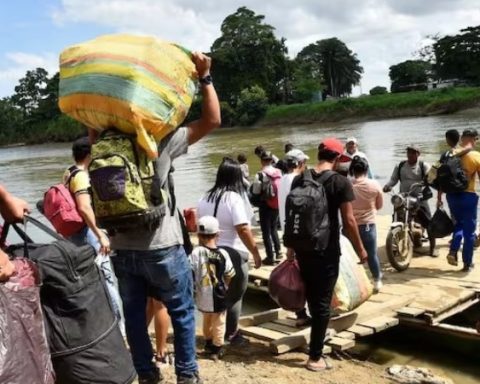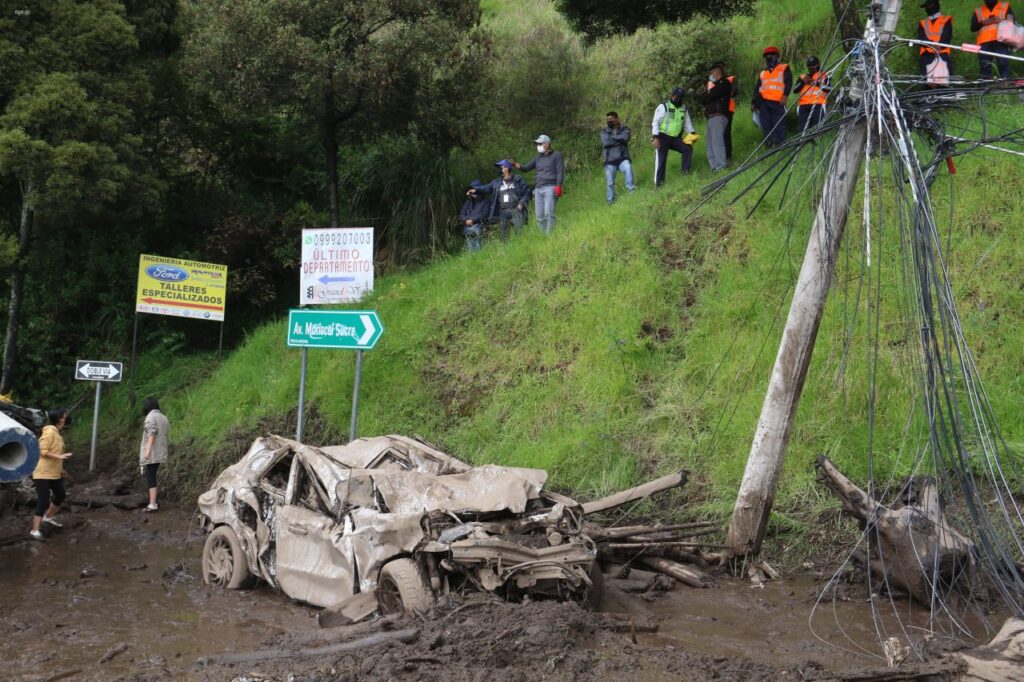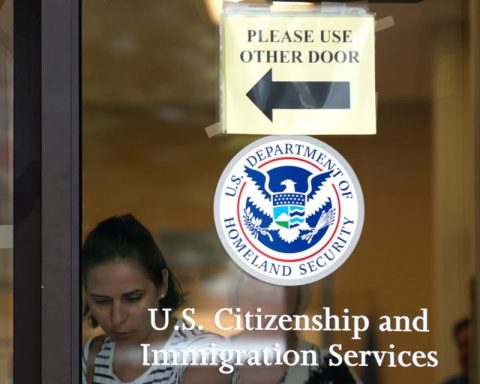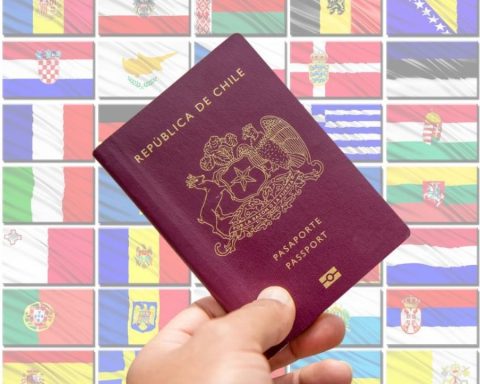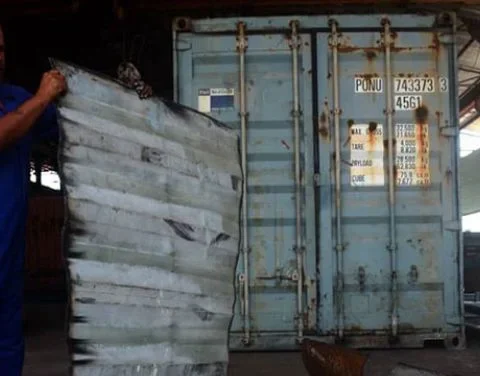The report of the Food and Agriculture Organization of the United Nations, FAO, has been the subject of debate and rejection by the Government in recent days. In this document, the international organization indicates that 7.3 million Colombians have their food security at risk during 2022. This panorama allowed the entity to compare the country with 20 others, mostly on the African continent, in terms of critical hunger sites.
(Government criticized report on hunger in Colombia and FAO responded).
The reasons for placing the country on this list are summarized in risk factors such as: economic instability, displacement, violence and political instability. Especially Colombia appears as one of the eight countries with high limitations of access to food. Also noting that 64% of Venezuelan migrants in the country suffer from food insecurity.
In this regard, the National Government indicated that said information “does not correspond to the reality of the country”, and that Colombia has a self-sufficiency capacity of 72% of the agricultural production that is demanded for internal food consumption.
In addition, during 2020, more than 36.2 million tons were produced in the country. “That is, there is no shortage of food,” confirmed the Ministry of Agriculture. Minister Rodolfo Zea pointed out that: “We want to make it totally clear that there is no food shortage, and when the pandemic began we took action to prevent this phenomenon, allowing this sector to continue producing, harvesting and planting.”
(The pandemic raised famine in the region.)
The problem of hunger in Colombia is not an issue that is only present due to the pandemic. The Government has made significant efforts to serve the most needy families in the last two years, and even through social programs $30.3 billion have been allocated that have served 10.3 million households through cash transfers. Likewise, in the National Development Plan, $190,000 million were allocated to the Alliance for food security and nutrition.
The Colombian Government has been making different efforts to improve the food conditions of families in recent years. This is how, through Conpes 113 of 2008, the Food and Nutritional Security Policy was shaped in the country, a roadmap to improve the food conditions of the population between 2012 and 2019, especially, in the most poor and vulnerable.
NATIONAL RADIOGRAPHY
Despite efforts, the food security situation in Colombia has worsened in the last two years. According to figures from the Dane Social Pulse survey for December, of a total of 7.9 million households, of which 85.5% ate three meals a day before the pandemic, currently only 69.1% can still eat three daily meals.
This means that while two years ago 6.76 million households could eat three times a day, in 2021 it was only 5.46 million families.
Likewise, there was a significant increase in families that only eat once a day, which by 2019 were 57,221, 0.7% of the total, and last year they were 218,428. In an even more critical scenario, while 12,483 million households reported that in 2019 they could only consume one meal a day, in 2021 there were already 19,920 families.
In Colombia, every five years, the National Survey of the Nutritional Situation (ENSIN) has been carried out, which allows measuring the nutritional problems of society in general, however, in 2020, when it was planned, it could not be carried out due to the pandemic. This statistical operation, carried out by the Ministry of Health, the Colombian Family Welfare Institute (ICBF), revealed in its latest results, published in 2017, that 54.2% of the population lived with some degree of food insecurity and around 560,000 children suffered from chronic malnutrition.
Carlos Alberto Garzón, professor of economics at the Universidad de la Sabana, explained how “urban Colombia and rural Colombia are very different. In the urban area, only in the lower strata we see problems of access to a basic basket, in the rural area, such as La Guajira, several places in Chocó and Arauca, do not have access roads, nor the production capacity. According to the academic, the FAO report refers to these areas.
(62.3% of households could not buy major basic goods in December).
“Indeed we have a problem of nutrition, not food production, it is a problem of production and connection with certain regions,” Garzon said.
PAE COVERAGE: 74.4%
According to the latest report of the Comptroller General of the Republic, the coverage of the School Feeding Program, during 2021, it was 74.4%, which corresponds to 5,817,944 children and adolescents between the ages of 5 and 17 benefited.
However, this figure also allows us to conclude that 2,001,224 students need to access their daily portions.
On the other hand, the control entity found that, last year, 13 Certified Secretaries of Education presented failures in the implementation of the PAE, with errors in quality, logistics and coverage. In some cases, the secretaries only guaranteed this service in the second semester of the school year. In addition to presenting pauses in the program.
BRIEFCASE





